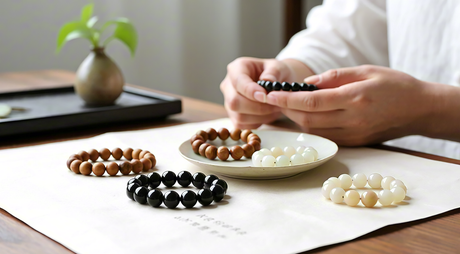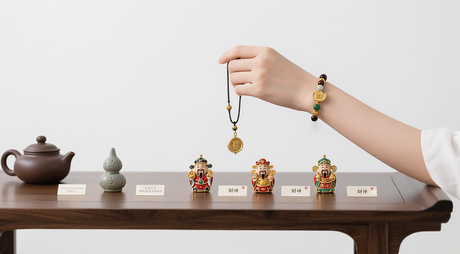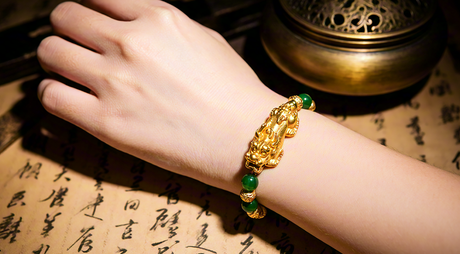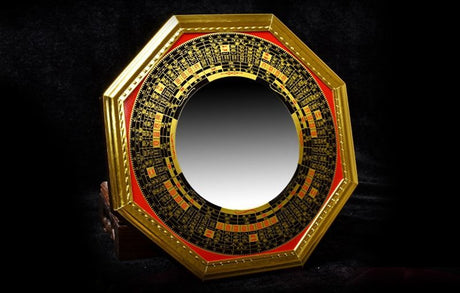Every autumn, two festivals capture the imagination of millions: Halloween, celebrated on October 31, and Día de los Muertos (Day of the Dead), observed on November 1–2. While they share skeletons, costumes, and festive nights, the origins and purposes are very different. Halloween focuses on thrills and play, while Day of the Dead emphasizes memory, family, and honoring loved ones.
Table of Contents
- 1. Origins of Halloween
- 2. Origins of Day of the Dead
- 3. Symbols and Traditions
- 4. Costumes and Celebrations
- 5. Food and Offerings
- 6. Community and Family Spirit
- 7. How They’re Similar
- 8. Key Differences
- 9. Modern Celebrations Around the World
- 10. Lessons from Both Traditions
1. Origins of Halloween
Halloween stems from the Celtic festival of Samhain, marking the end of harvest and the start of winter. Ancient Celts believed the boundary between the living and the dead was thin, leading to rituals with bonfires and costumes. Over time, it merged with All Hallows’ Eve, evolving into modern Halloween with trick-or-treating, parties, and decorations.
2. Origins of Day of the Dead
Day of the Dead originates from indigenous Mexican traditions, particularly Aztec rituals honoring Mictecacihuatl, the goddess of death. After Spanish colonization, Catholic All Saints’ and All Souls’ Days merged with these customs. The holiday became a celebration of remembrance, with altars (ofrendas), flowers, and offerings inviting spirits to visit.

3. Symbols and Traditions
- Halloween: Jack-o’-lanterns, ghosts, bats, witches, and black cats create a spooky atmosphere.
- Day of the Dead: Marigolds, sugar skulls (calaveras), papel picado, and decorated altars symbolize remembrance and joy.
Skeleton imagery appears in both, but Halloween skeletons aim to scare, while Day of the Dead skeletons, like La Catrina, are colorful and celebratory.
4. Costumes and Celebrations
Halloween costumes range from scary creatures to pop culture icons. Neighborhood trick-or-treating and themed parties create excitement.
Day of the Dead costumes are symbolic: painted skulls and elegant attire honor deceased loved ones. Families gather in cemeteries, play music, and share stories, transforming mourning into celebration.

5. Food and Offerings
Halloween foods focus on candy—chocolates, gummies, caramel apples, and pumpkin treats.
Day of the Dead foods include pan de muerto, tamales, and family favorite meals, placed on altars as a tribute to ancestors.
6. Community and Family Spirit
Halloween emphasizes community fun, with parties, school events, and neighborhood trick-or-treating.
Day of the Dead centers on family, building altars, visiting graves, and sharing stories to strengthen bonds across generations.
7. How They’re Similar
- Both occur in late October or early November.
- Both use skeletons and costumes.
- Both mix ancient traditions with modern festivities.
- Both bring people together to celebrate in their own ways.

8. Key Differences
| Aspect | Halloween | Day of the Dead |
|---|---|---|
| Tone | Spooky, playful | Joyful, reverent |
| Purpose | Entertainment, fun | Honoring ancestors, remembrance |
| Symbols | Pumpkins, ghosts, candy | Marigolds, sugar skulls, pan de muerto |
| Focus | Tricks, treats, costumes | Family, memory, rituals |
9. Modern Celebrations Around the World
Halloween has become a global event, celebrated in the U.S., Europe, Japan, and beyond. Day of the Dead remains rooted in Mexico but has gained international recognition, particularly through films and cultural festivals. Some U.S. communities now observe both holidays side by side, offering opportunities for cultural exchange.

10. Lessons from Both Traditions
Halloween and Day of the Dead teach different but complementary lessons. Halloween encourages imagination and playful confrontation with fear, while Day of the Dead emphasizes family, memory, and honoring those who came before us. Together, they show how humans use ritual to explore life and death—sometimes with fright, sometimes with candles, always with meaning.









